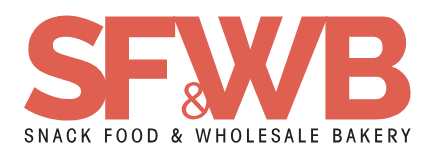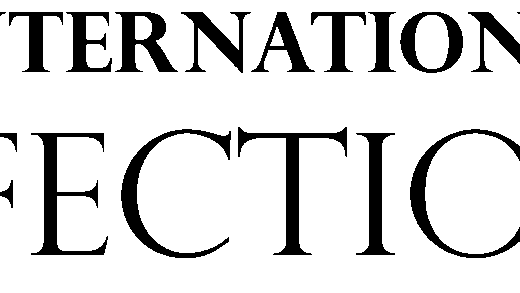
July 1, 2020
“Sugar is derived from two main plant sources: sugar cane and sugar beets. As one of the oldest commodities in the world, it was first domesticated around 8000 B.C. by indigenous people in New Guinea. Because of its value, sugar was often put under lock and key in sugar safes. In 1751, the first U.S. sugar cane was planted in Louisiana, marking the beginning of the U.S. sugar industry, which today provides 142,000 jobs in 22 states.
Sugar is produced in over 120 countries; nearly 80% of sugar comes from sugar cane, with the remainder derived from sugar beets. In the United States, 55% of sugar production comes from sugar beets and 45% from sugar cane.
According to the U.S. Department of Agriculture (USDA) Foreign Agricultural Service, global sugar production is estimated to reach 188 million metric tons this year, an increase of 22 million tons from last year. Brazil (39.5 million tons) is currently the largest producer of sugar, followed by India (33.7 million tons) and the European Union (17.7 million tons). The United States is forecast to produce 8.2 million tons of sugar this year.
Over the past 20 years, sugar consumption in the United States has declined. According to the Sugar Association, annual sugar consumption was 89.6 pounds/person in 1999; in 2016 it was 77.1 pounds/person, the equivalent of about 16 teaspoons/day.
Sugar comes in a wide variety of forms. The most common is granulated sugar, also called table sugar, which is the most refined form. Granulated sugar with larger crystals is called coarse sugar; with smaller crystals, it is called superfine sugar. Pearl sugar is composed of conglomerates of sugar particles. Brown sugars in various color ranges are defined by the amount of molasses present within them; they range from bright yellow to dark brown. Specialty sugar types include powdered sugar (contains cornstarch), demerara-style sugar (light brown sugar with large crystals coated with molasses), muscovado sugar (stickier, coarse brown sugar produced at an early stage of refining), and turbinado-style sugar (partially purified, semi-refined brown sugar that is also called Sugar in the Raw. True raw sugar refers to partially purified sugar that is soft and brown and contains impurities.”
Read the full article at: https://www.ift.org/news-and-publications/food-technology-magazine/issues/2020/july/columns/processing-how-sugar-is-processed

October 29, 2025
“Food and agriculture groups say the Trump administration’s attempt to define “ultraprocessed” foods and reduce their consumption isn’t justified by the science and could sweep up healthful foods like yogurt and whole grain foods. In formal comments filed with the Food and Drug Administration (FDA), the groups note there’s a lack of scientific consensus on […]

October 15, 2025
“The Sugar Association is recognizing National Real Sugar Day (October 15) by spotlighting the origins and functions of real sugar in food production. Established in 2022, the annual observance highlights the agricultural roots of sugar cane and sugar beets grown across the U.S., and the ingredient’s role in supporting local economies and food manufacturing. “We […]

August 11, 2025
“International Confectionery magazine is proud to announce that Courtney Gaine, Ph.D., R.D., President and CEO of the Sugar Association (Washington, D.C.), has been appointed as a judge for the International Confectionery Awards, one of the industry’s most respected celebrations of excellence and innovation in confectionery. Dr. Gaine has led the Sugar Association since January 2016, […]
© 2025 The Sugar Association, Inc. All rights reserved.
Get Social with #MoreToSugar